Human-AI Collaboration: 3 Ultimate Principles for Success
Effective human-AI collaboration is poised to become the single most important driver of innovation and productivity in our time. We are living through a new era, and this guide will explore the strategic partnership between machine speed and human wisdom. This philosophy is the foundation of everything we explore in our The Ultimate Guide to AI for Wellness.
The New Industrial Revolution: A Revolution of the Mind
We stand at the threshold of a new industrial revolution, but this one is fundamentally different from its predecessors. While previous revolutions transformed how we manufacture and communicate, this revolution is transforming how we think. The true impact of AI on our careers won’t be job replacement through automation, but rather skill enhancement through cognitive augmentation. Consider how chess evolved after computers defeated world champions. It birthed “centaur chess,” where human-AI teams consistently outperform both grandmasters and supercomputers playing alone. This centaur model AI approach reveals a profound truth: the most powerful intelligence emerges from the strategic fusion of human intuition with machine processing power.
The Power of the Machine: Understanding AI’s Core Strengths
To form an effective partnership, we must first respect what each party brings to the table. The strengths of AI are fundamentally alien to our own biological capabilities, which is precisely what makes them so powerful. This is why understanding the machine’s role is the first step in a successful human-AI collaboration..
Unfathomable Speed and Scale:
An AI can process millions of documents, analyze thousands of data points, and identify patterns across vast datasets in seconds—tasks that would take a human team months or years to complete. This isn’t just about being faster; it’s about operating at scales that fundamentally change what’s possible
Pattern Recognition Beyond Human Capability:
Modern AI excels at detecting subtle patterns in complex data. In medical imaging, AI systems can identify early-stage cancers that human radiologists might miss. However, these capabilities identify correlations without understanding causation, which is where AI and human intelligence create their most powerful synergy.
The Irreplaceable Human: Where Our True Value Lies
While machines excel at speed and patterns, humans bring capabilities that remain fundamentally irreplaceable. These skills define the human side of the human-AI collaboration equation.
Wisdom, Context, and Common Sense:
Human intelligence isn’t just about processing information—it’s about understanding meaning and context. An AI might optimize a staff schedule for efficiency, but a human manager understands that scheduling someone for back-to-back shifts during their child’s school play isn’t truly optimal for employee satisfaction and retention.
Ethical Judgment and Strategic “Why”:
Perhaps most critically, humans bring moral reasoning. An AI can optimize for a defined objective, but it cannot determine whether that objective is ethical or aligned with human values. The strategic use of AI depends entirely on human wisdom to set the direction and define the “why” behind the work.
The Centaur Model AI: How Human-AI Collaboration Works
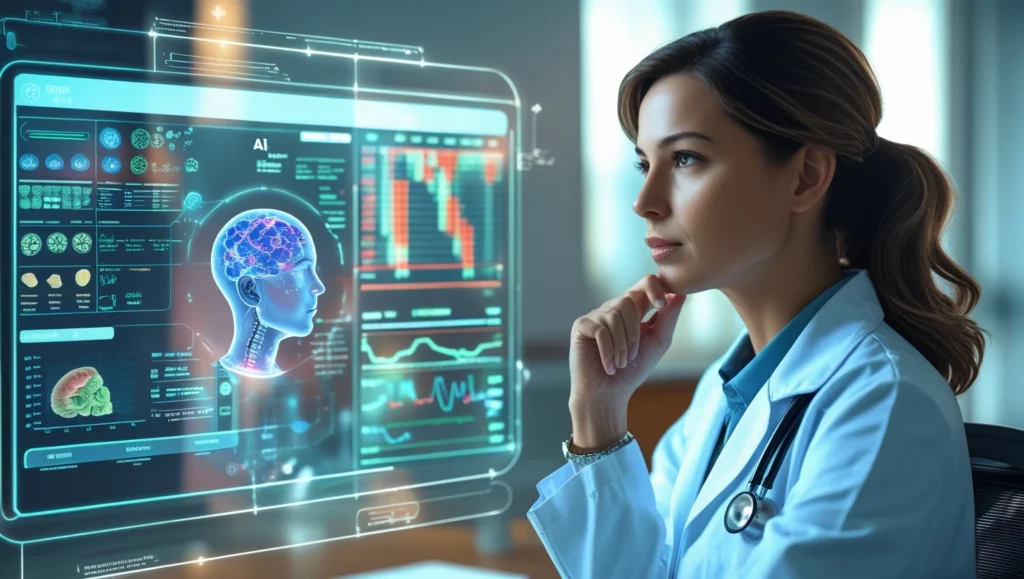
The most effective model for this new partnership is the “Centaur” model. This term was popularized by chess grandmaster Garry Kasparov and is discussed in publications like MIT Technology Review. The core idea is simple: create a seamless cognitive partnership where both humans and AI contribute their unique strengths
The Doctor and the Diagnostic AI:
Dr. Sarah Chen, an oncologist, describes her work with AI diagnostic tools: “The AI can tell me there’s a 94% probability that a particular treatment protocol will be effective based on clinical trial data. But I’m the one who understands that this patient is a 78-year-old grandmother who’s more concerned about having energy to play with her grandchildren… The AI provides the clinical analysis; I provide the human understanding.”
The Strategist and the Data Analyst:
Marketing strategist James Rodriguez explains his workflow: “Our AI systems can predict with 87% accuracy which customer segments are most likely to respond to specific messaging. But when it comes to deciding whether to enter a new market or launch a controversial campaign, that requires understanding our brand values and the broader cultural context.” This is a perfect example of how to use AI for Productivity.
The Artist and the Generative Muse:
Graphic designer Maria Santos uses AI image generation to amplify her creativity, not replace it. “I might prompt an AI to generate fifty variations of a concept, then I select and modify the ones that resonate with the emotional message I’m trying to convey. The AI gives me a broader palette; I provide the artistic judgment.”
The Danger of Imbalance: When the Machine Leads the Human
The greatest risk in this new era is not that AI becomes too smart, but that humans become too lazy, blindly accepting AI output without critical thought or review. When we allow the machine’s recommendation to override our own judgment, context, and ethics, we abdicate our most important role. This can lead to flawed business decisions, biased outcomes, and a loss of the very human skills we need to cultivate. For a deeper analysis of these pitfalls, it’s crucial to understand The Dark Side of Health AI: Privacy, Bias, and What to Watch Out For.
Conclusion: The Future is a Dialogue, Not a Monologue
The future of work is an interactive dialogue with AI. The most valuable professionals will become “translators.” They will be fluent in both human strategy and machine capability. These experts will know that the goal of human-AI collaboration isn’t to build a smarter machine. The ultimate goal is to build a wiser human.
When you’re ready to evolve your own skills, a good place to start is by asking, [Are You ‘Prompting’ or ‘Collaborating’? A New Mindset for AI Interaction].
Frequently Asked Questions (FAQ)
What is the “Centaur” model in AI?
It refers to a human-AI partnership where human strategic guidance is augmented by an AI’s computational power. The human makes the final decisions
Will AI ever develop true wisdom or consciousness?
Current AI systems are sophisticated pattern-matchers but lack consciousness or genuine understanding in the human sense.
What is the most important skill for the future of work with AI?
The most crucial skill is “collaborative intelligence”—the ability to effectively orchestrate human and AI capabilities, ask good questions, and apply critical thinking and ethical judgment to the AI’s output.

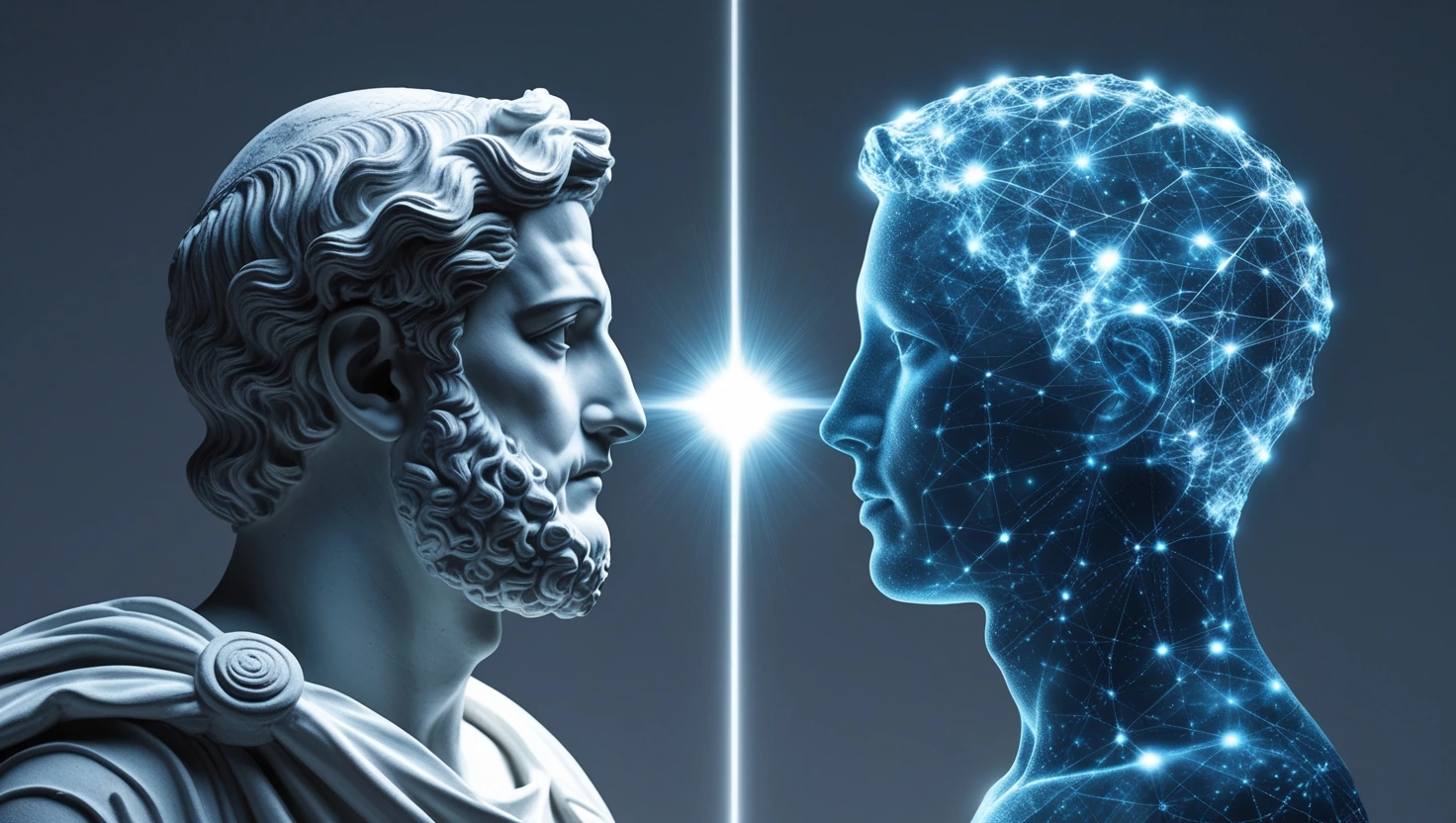

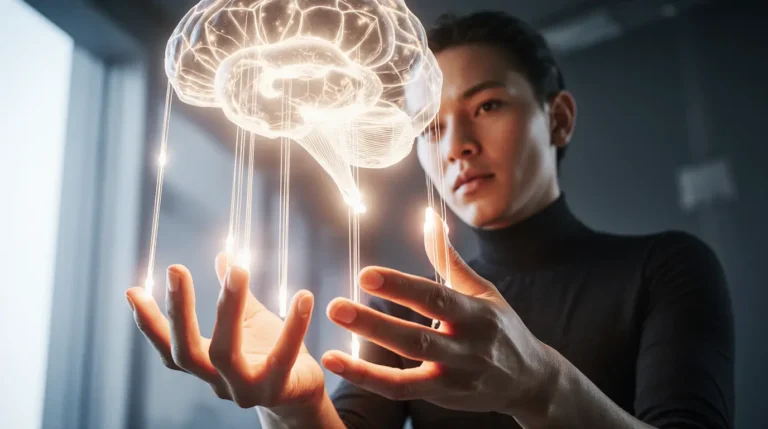
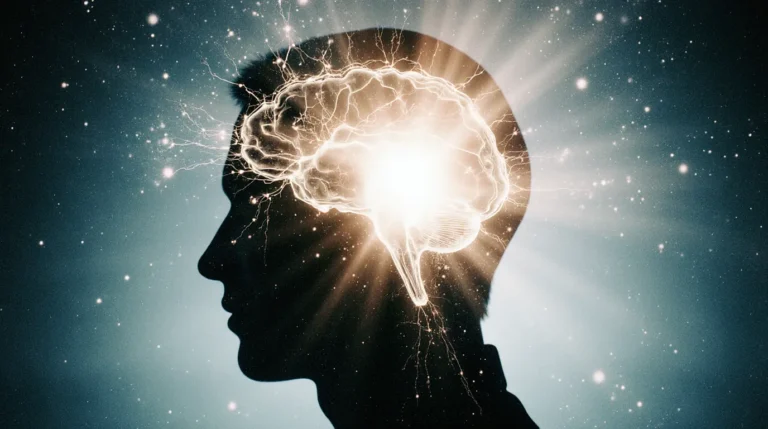
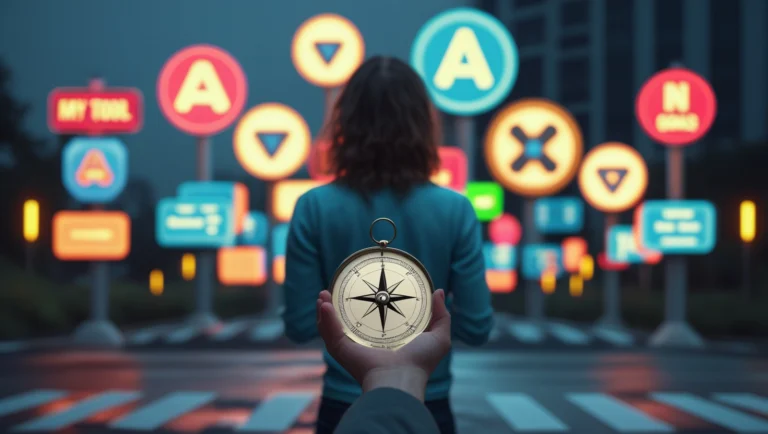

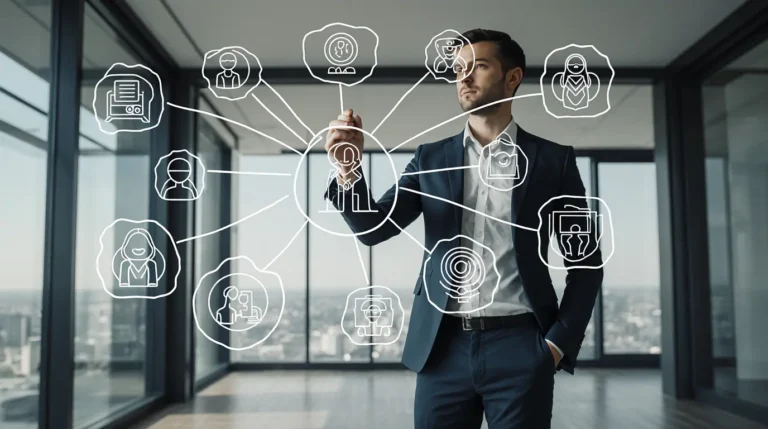
2 Comments